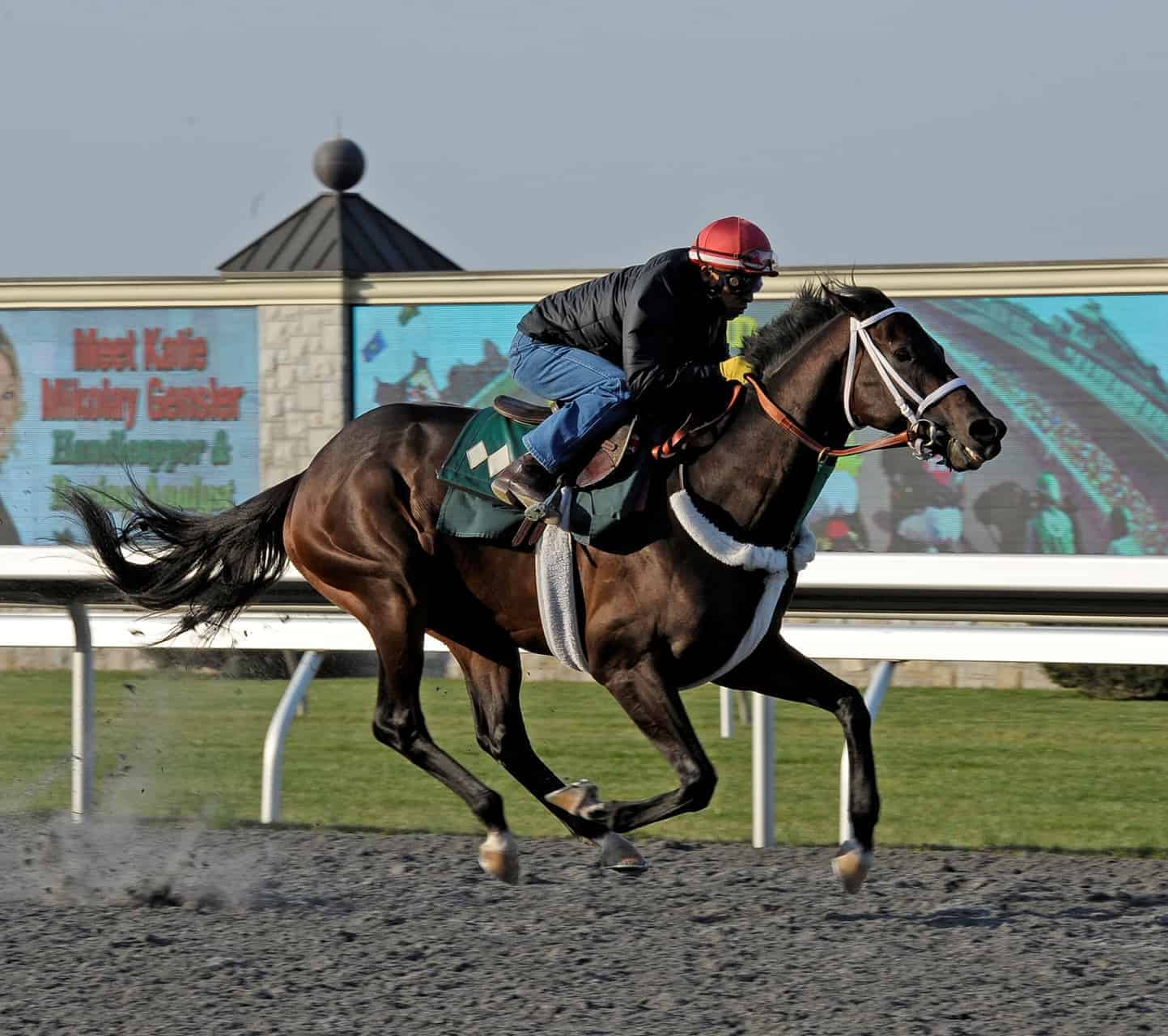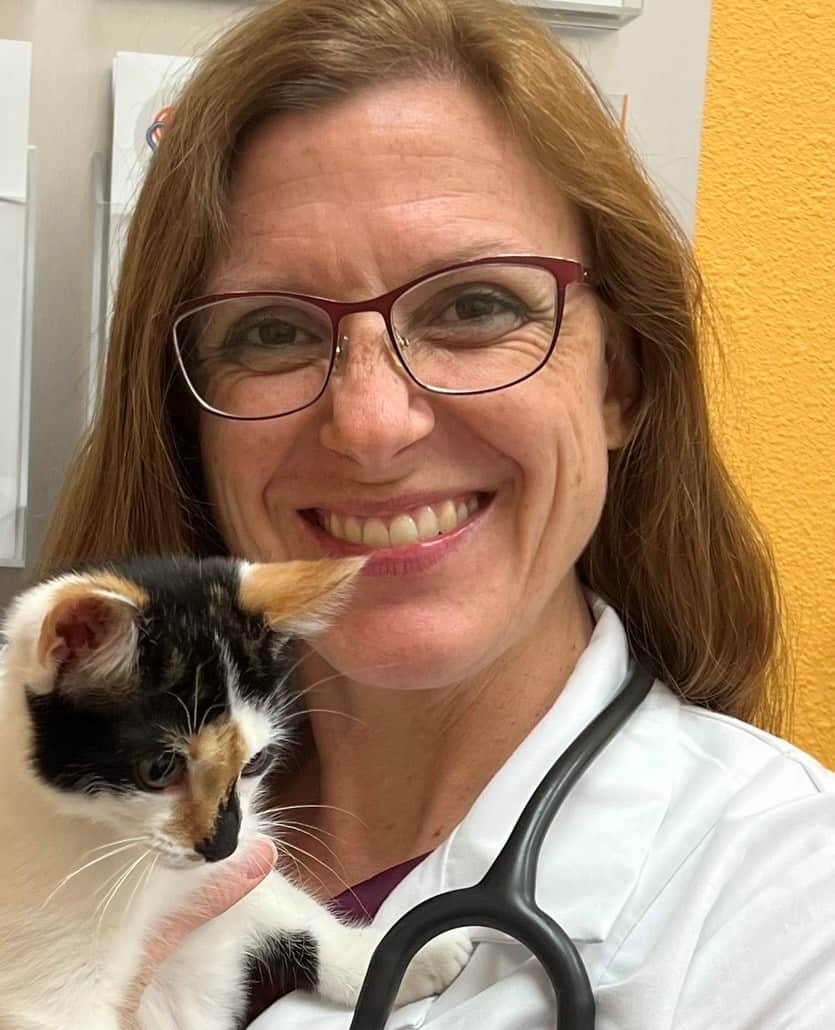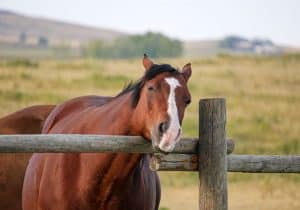‘Roarers’: Surprise Results for Horses Racing Post-Surgery

Roaring, or laryngeal hemiplegia, describes a condition in horses in which one side of the larynx (voice box) becomes paralyzed. Thoroughbreds and draft horses are more commonly affected, with reports suggesting up to 64% and 42% of those breeds, respectively, have varying degrees of hemiplegia.
“Because the paralyzed side of the larynx droops down into the airway of exercising horses, these animals produce a characteristic ‘roaring’ sound, prompting further evaluation,” said Ali Broyles, DVM, Dipl. ACVS (Large Animal), currently with Equine Sports Medicine and Surgery, in Weatherford, Texas. “The test of choice is endoscopy, which involves passing a camera through the nasal passages to directly view the back of the throat and larynx.”
Based on what a veterinarian observes during that endoscopic examination, a grading system introduced in 2003 helps categorize horses based on degree of paralysis. A grade of I describes horses with no abnormalities. Those with a maximum grade of IV have complete paralysis of laryngeal components, including the arytenoid cartilages and vocal folds
Create a free account with TheHorse.com to view this content.
TheHorse.com is home to thousands of free articles about horse health care. In order to access some of our exclusive free content, you must be signed into TheHorse.com.
Start your free account today!
Already have an account?
and continue reading.

Written by:
Stacey Oke, DVM, MSc
Related Articles
Stay on top of the most recent Horse Health news with















